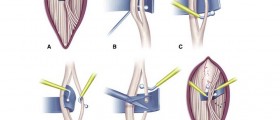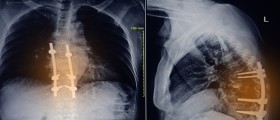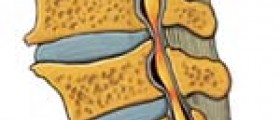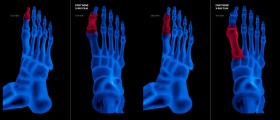Introduction To Back Pain Relief Injections
Spinal injections are efficient means for relieving pain caused by different medical conditions that affect the spine and nearby structures. They represent suitable alternative to surgery which is associated with numerous potential complications. Back pain relief injections are generally administered only if medications and physical therapy do not provide with desirable pain relief and prior to opting for surgery. It is estimated that pain relief obtained with such injections is better controlled comparing to oral pain medications because via injection the active substance is deliver directly to the source of pain.

Types of Back Pain Relief Injections
Sacroiliac joint blockers are used in patients suffering from lower back pain. The sacroiliac joints connect the sacrum, the terminal part of the spine, with the pelvis. Pain originating from the sacroiliac joints may be localized or spread to lower back, buttocks, abdomen, groins and down the legs. Sacroiliac joint blocker may be used for determining whether the sacroiliac joint is the source of back pain and they also act as numbing drugs providing with temporary relief.
Extended pain relief is achieved with time-released steroids, medications that strongly act against the process of inflammation. Injection of sacroiliac blockers requires fluoroscopic guidance. Patients lie on their stomach. The skin is first sterilized and numbed and what follows is an insertion of a small needle into the sacroiliac joint.
Apart from steroids the injection may also contain lidocaine, a local anesthetic. Side effects associated with sacroiliac joint blockers are not common and they generally include allergic reaction, infection at the injection site, excessive bleeding, nerve damage etc.
Thoracic facet joint injections are actually the same as sacroiliac joint injections. They are injected into thoracic facet joints in patients suffering from middle pain. The procedure of injecting as well as side effects are actually the same as it is the case with sacroiliac joint injections.
Other Types of Injections for a Back Pain Relief
Epidural steroidal injections distribute corticosteroids into the spinal canal, the space surrounding the spinal cord. These injections are indicated in patients suffering from chronic lower back pain. Pain relief achieved with these injections may last from one week to one year.
Selective nerve root blocks are used with two purposes - to isolate the source of pain and as a treatment option. These injections can be efficient in determining which nerve is affected (compressed or irritated) in case MRI of the spine does not provide with desirable information. In therapeutic purposes selective root blocks are not supposed to be injected more than three times per year and the procedure should be performed only by a well-experienced professional.
Facet rhizotomy injections represent an excellent tool for disabling the sensory nerves that lead to facet joints. They are injected to patients in whom pain relief with facet blocks has not been achieved. In this case the doctor uses a needle with a probe and inserts it outside the affected joint. The needle conducts heat generated by radio waves. This disables the nerve and does not allow it to send pain signs to the brain.
- medlineplus.gov/ency/article/007485.htm
- Photo courtesy of SteadyHealth

















Your thoughts on this
Loading...